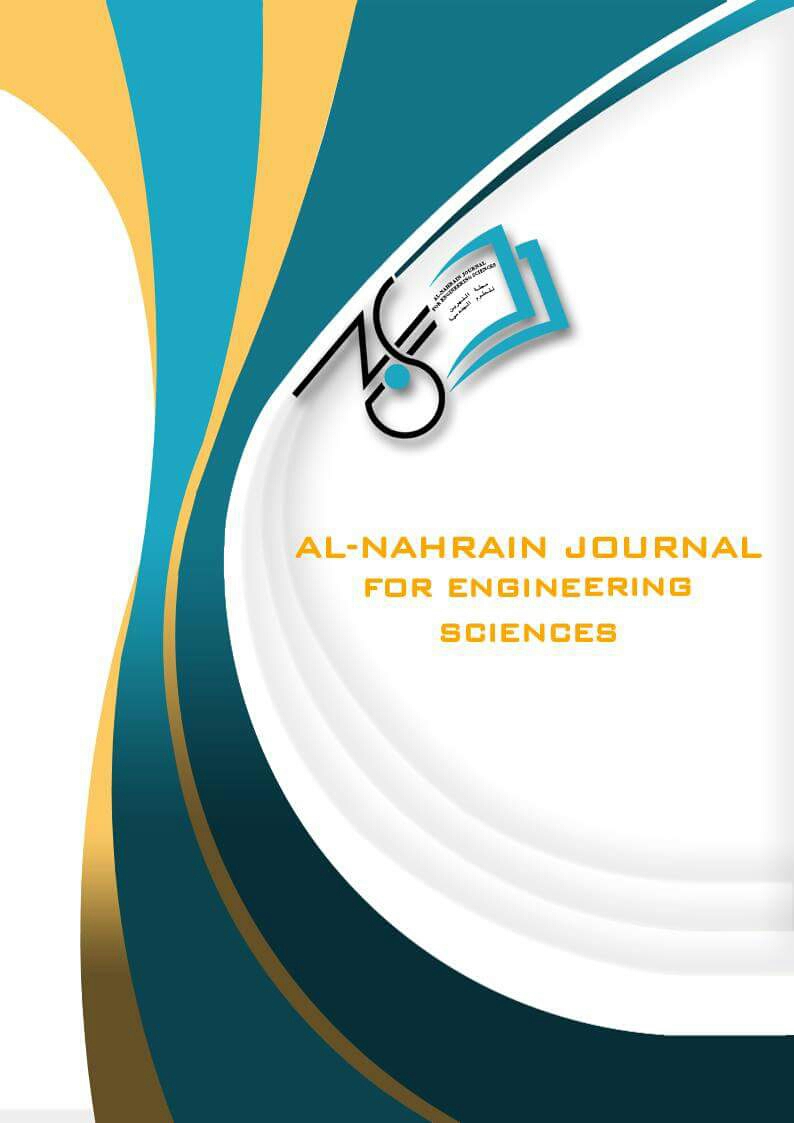Study the Effect of Inductor and Pole Geometry on the Surface Roughness and Material Removal Weight Using Magnetic Abrasive Finishing Method
DOI:
https://doi.org/10.29194/NJES.24010016Keywords:
Magnetic Abrasive Finishing, Surface Roughness, Material Removal Rate, Geometry of Inductor and PoleAbstract
The traditional finishing method cannot keep up with recent labor market requirements, solve the problem of increasing production, improve the surface roughness and accuracy of workpiece. While the unconventional magnetic abrasive finishing (MAF) method has shown as a promising technique that can be used to finish complicated surfaces. MAF finishes metals, alloy, ceramic, and other materials that are difficult to finish by other processes. In another word, MAF improves the quality of surfaces with low cost.
This paper focuses on optimize and study the effect of inductor and pole geometry (radius of hole, angle of core, angle of pole, radius of pole), on (surface roughness (Ra) and material removal weight (W)) and fined the optimum values that increase the efficiency of MAF method. Taguchi method employed to study the influence of geometry parameters and find the optimum values using orthogonal array L9. The results conclude that the most significant factor that effects change in surface roughness (?Ra) and material removal weight(?W) are radius of the hole (R) and angle of core (?), respectively.
Downloads
Downloads
Published
Issue
Section
License
The authors retain the copyright of their manuscript by submitting the work to this journal, and all open access articles are distributed under the terms of the Creative Commons Attribution-NonCommercial 4.0 International (CC-BY-NC 4.0), which permits use for any non-commercial purpose, distribution, and reproduction in any medium, provided that the original work is properly cited.














